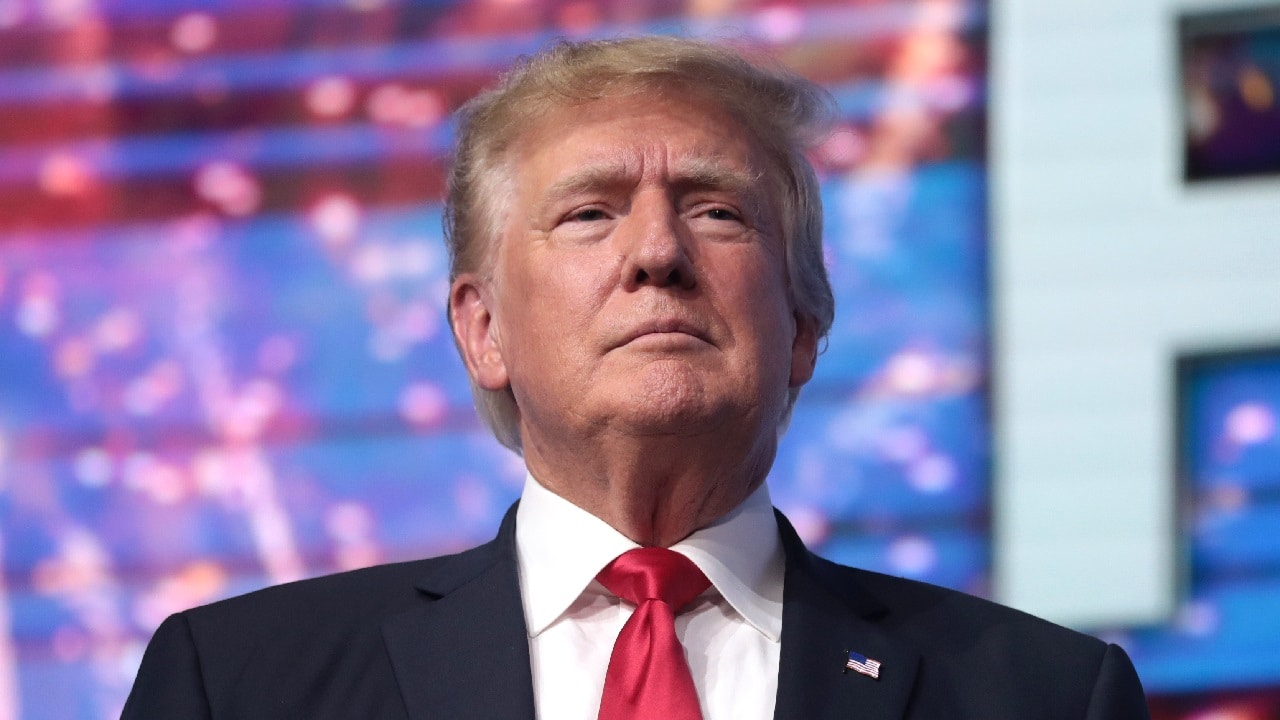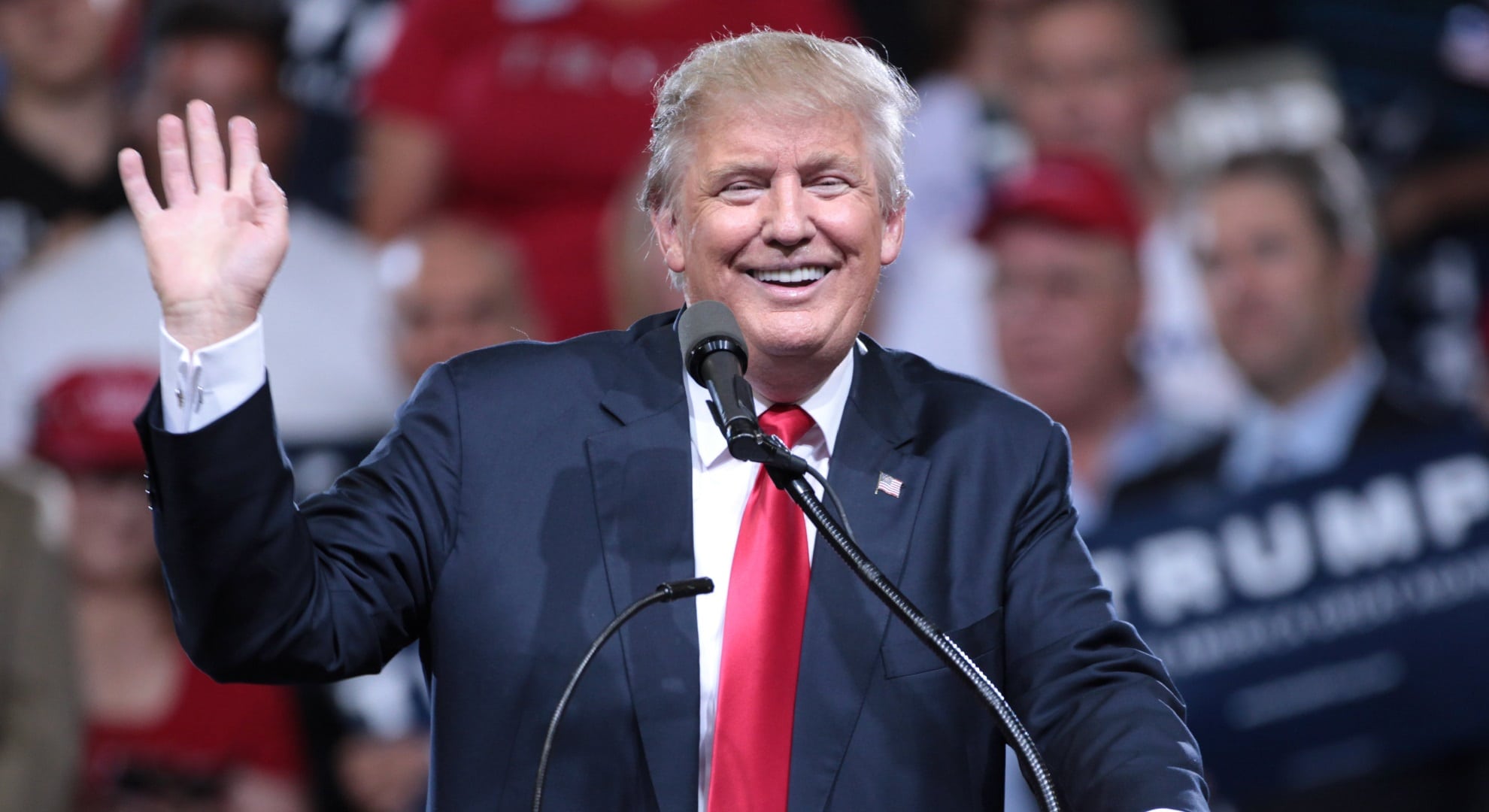I get where the tariffs came from. I get that the Trump Administration wants to support U.S. manufacturers. I get that many of his backers blame NAFTA, and international trade writ large, for job losses and the hollowing out of Middle America. As Sean Fain, President of the United Auto Workers, bluntly put it, “NAFTA Sucks.” And, as I’ve written, American manufacturing has stagnated relative to the rest of the world’s growing capacity, and that has become a major national security liability.
Here’s the problem: the tariffs are a disaster. They’ve pummelled stock markets, of course, but they’ve also kneecapped American national security. They’ve seized up investment in U.S. manufacturing, the very thing they were supposed to encourage, and even led to manufacturing layoffs. Worse yet, they’ve driven the world right into China’s arms, depriving us of the allies we desperately need to deter China from making aggressive global moves. I never thought I’d see the day where Korea and Japan announce they’re locking arms with China against the U.S., but the tariffs unraveled decades of careful alliance building one day.
Yet President Trump does not need tariffs to defend critical American industries. He can foster industries that we need for our national security and long-term economic growth without all of the national security drawbacks. He can put an end to the impression that he has no plan–an impression borne of the fact that two of his top economic advisors are publicly throwing vicious insults at one another and that we’ve heard explanations for the tariffs ranging from “they’re designed to drive trade deals” to they’re permanent and “my policies will never change”–and demonstrate the ability to deliver real results by focusing tactical solutions rather than grand pronouncements.
Take shipbuilding. As we compete with China, we must have a shipbuilding industry that can match China warship for warship, and we’re nowhere close. It’s why China can spend so much less on defense than we do and still produce more military hardware. The solution is to create a shipbuilding industry that achieves immense scale through commercial shipbuilding, which can then easily “swap in” warships when America needs them built. We are nowhere near such a vision, however. We now produce 1/10th of one percent of the world’s cargo vessels. That is why President Trump has a point about the need to rebuild America’s shipbuilding might.
Yet we could easily create massive demand for American-made ships, spurring investment to produce domestic supply. We could say that American-made ships get to skip the line for unloading at American ports. Given that America is an enormous importer and American ports are operating near their limits, this is a major incentive. Carriers and large importers lose enormous sums of money every day their ships are waiting in line to offload. As we saw during the pandemic, such delays can last days, eating entire profit margins. Major shippers would buy fleets of U.S.-made ships just to serve U.S.-bound routes. As large cargo ships start at $115 million a pop, major investors would be tripping over themselves to provide capital for new shipyards or upgrades to existing ones.
There are countless other avenues available to drive private investment. We could build special economic zones that incorporate the tax benefits of Opportunity Zones and Foreign Trade Zones. We could provide tax benefits for investments in port and shipyard infrastructure. We could even reverse some of the damage of the last few days by entering joint ventures with the world-class Korean and Japanese shipbuilding industries, further tying together our interests.
We have targeted solutions for shipbuilding that are more effective than tariffs and that don’t crater the world economy and set our alliances on fire. If the point is to reinvigorate domestic manufacturing, we should pursue those policies.
I use shipbuilding because it’s an obvious example, because President Trump cares about it, and, frankly, because I care about it. But the same dynamic applies to countless other industries. We could encourage the growth of the American steel industry by having the U.S. Navy guarantee a price floor; indeed, that’s how the U.S. steel industry first took off. We could foster our critical minerals industry by granting an emergency curtailment of onerous environmental regulation for mining critical minerals in America. We could grow the domestic methanol industry by serving as a “broker” between methane-producing dairies, ranches, and landfills and industrial-scale methanol producers.

Donald Trump – Image by Gage Skidmore
Such tipping points exist across countless industries. By focusing on targeted policy solutions, rather than tariffs, President Trump could have his cake and eat it, too. He could build the domestic manufacturing he clearly craves without taking a baseball bat to our national security and the global economy.
There are undoubtedly true professionals–once who don’t call their colleagues “Retardo” in public–spread throughout the Trump Administration. These professionals know the real solutions. The question for President Trump is whether he will listen to those voices. America’s economy and security rides on whether he does.
About the Author: Neal Urwitz
Neal Urwitz served as a speechwriter for and an advisor to the Secretary of the Navy from 2021-2023. He is currently a public relations executive in Washington.

